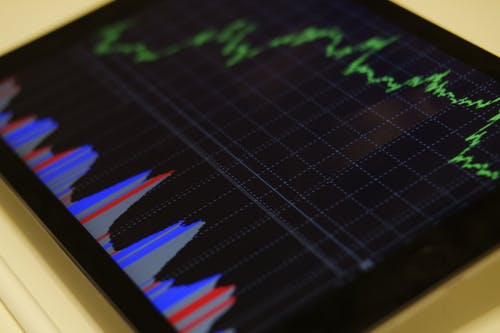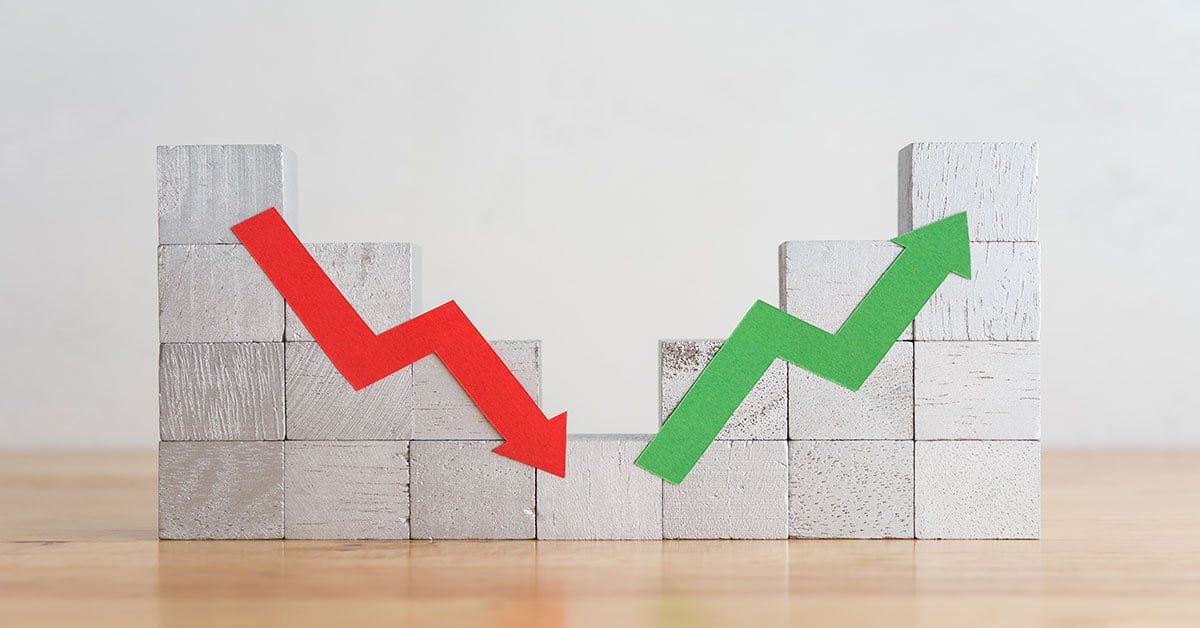3 min read
Acetyls Markets Experience Bumpy Recovery as COVID-19 Crisis Limits Economic Activity
 William Bann
:
Sep 7, 2020 12:00:00 AM
William Bann
:
Sep 7, 2020 12:00:00 AM

The global acetyl market has seen its share of ups and downs in 2020 due to the COVID-19 pandemic, and there is still a lot of concern about demand heading into the fourth quarter. China’s acetyls markets slumped in the first quarter in the early weeks of the pandemic. Once China emerged from strict lockdown rules, demand rebounded to a certain degree but stalled out later in Q2. Demand for acetyls in North America and Europe was strong during Q1 and continued steadily in April. However, demand slumped dramatically in May and June and remained hit-and-miss during Q3.
While market sources said the overall outlook of the acetyls industry should continue improving in the coming months, there was also the recognition that economic recovery remained “fragile” amid the ongoing COVID-19 pandemic.
US acetic acid market recovery continued steadily but slowly during August after bottoming out at the end of the second quarter. The European acetic acid market was mostly stable during August, which was not the case in the year's first half. China's domestic demand for acetic acid has recovered slowly over the past several months, but it has been a real struggle for the market to sustain any real price increase. In other parts of Asia, the effects of the COVID-19 outbreak are still being felt across the entire acetic acid market as more lockdowns have come into effect.
Some price recovery has been seen in China, but levels are still uncomfortable for producers, with most barely generating positive margins for long periods this year. Domestic market prices in China fell below Rmb2000/ ton at one point in early April, and domestic prices in early September were around Rmb2400-2650/ton ($350-390/ton). Export prices decreased to around $220-230/ton fob China Main Port in April as export shipments dried up, and export prices were only $280-290/ton fob in early September.
In Europe, spot acetic acid prices fell into the low €400s/ton ddp Northwest Europe in mid-year but seemed to bottom out in July. In the US Gulf, spot export prices were in the low- to mid-$400s/ton fob range in the third quarter. Prices have stabilized in the Atlantic basin, but there was not much momentum in the market late in Q3. VAM demand in the United States and Europe improved during August, and some production issues in the US later in the month tightened spot market supplies to some extent ahead of planned turnarounds in late Q3/ early Q4. In Europe, VAM prices increased for the first time in 2020 as the August contract and spot market values gained ground. The EU duty-free import quota was filled during August, and 5.5% of import duties have been re-instated for the rest of 2020. VAM demand in China remained mixed, as export sales were not much better during August.
According to producers, VAM spot prices have been “disastrous” and have fallen below cash costs at various times during the year. Some price increases have been achieved during the third quarter. Still, it is unclear whether suppliers will be able to maintain recent levels once market activity begins to slow down in December.
US ethyl acetate market demand remained relatively weak during August, and market participants hope consumers will return to the market in September. The European ethyl acetate market remained weak during August, although price decreases slowed considerably. Some ethyl acetate production resumed normal US and European operations during August. In China, ethyl acetate prices increased slightly during August despite little or no movement in the acetic acid market during the month.
US Gulf Coast methanol prices continued to increase in August due to steady demand and further production shutdowns in the Caribbean region. US Gulf Coast contract prices for September increased. European methanol market spot prices moved above €200/ton fob Rotterdam on continued steady demand and tighter spot market availability in some areas. In China, import prices were seen in a wide gap based on product origin, and import volumes reached a record high of 1.36 million tons in July.
Following the financial crisis in 2008-2009, the global petrochemical industry talked about the “new normal” and how the sector needed to recognize concepts such as sustainability and react to growing concerns over climate change to reinvigorate market growth. As another “new normal” moves into focus on the back of the COVID-19 pandemic, the global petrochemical industry is once again searching for balance and a bit of good news.
Learn more about how OrbiChem360, our online chemicals intelligence platform, can help your business in the global chemicals market.





